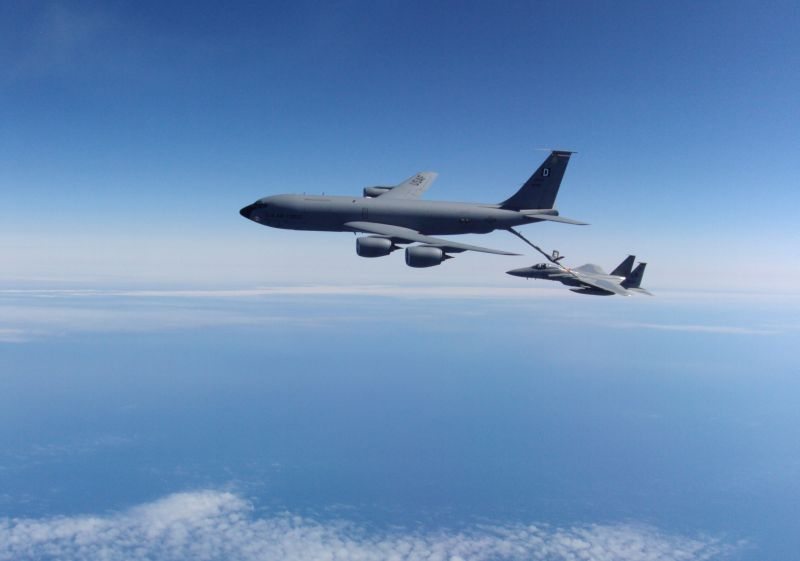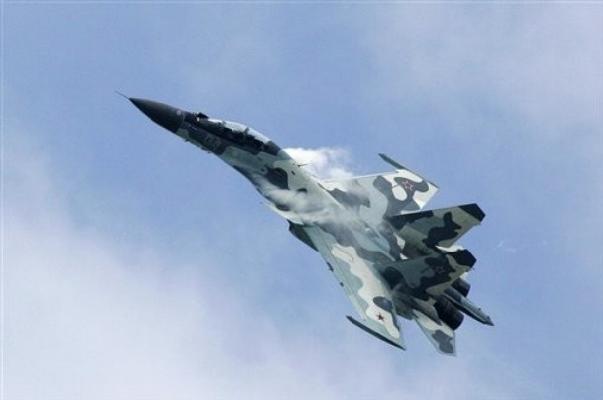The 1950s-era KC-135 Stratotankers are slated starting next year to be souped-up with upgraded engines that will extend the nation’s global reach for another two decades.
At the same time, experts say the improved engines will also burn less fuel and spend less time in maintenance.
“With these improvements, we expect the engine to stay on the wing for 20-plus years,” said Steven Walsh, logistics management specialist with the KC-135 engine program management office at Tinker Air Force Base.
“When we saw this process and realized that the original equipment manufacturer could help us achieve efficiency and reliability along with reduced fuel consumption, we were excited,” he said.
The process is known as a propulsion upgrade program, often called C-PUP.
“The C-PUP is an important component of Air Mobility Command’s fuel efficiency strategy, and we’re very pleased with the program’s progress,” said Gen. Raymond E. Johns, Jr., Air Mobility Command commander. “AMC is committed to fuel efficiency innovation, and we fully realize even a nominal gain in efficiency can offer a much larger return on investment in the long run,” said Johns.
The Air Force stands to save more than six dollars for every dollar spent on the upgrade program through reduced fuel and maintenance costs, says Maj. Mark Blumke, AMC logistics fuel efficiency manager. AMC anticipates a 1.5 percent fuel efficiency gain in addition to savings from reduced depot maintenance once the new engines are in service, said Blumke.
The idea for C-PUP started four years ago when the U.S. Navy’s engine team asked an aircraft engine manufacturing company called CFM–and thus the “C” in C-PUP– to design engine improvements.
Air Force and Navy program managers provided authorization to pursue the engine upgrades in early 2010. The program aims to install upgraded parts in the engines, including an upgraded high pressure turbine nozzle, compressor blades and vanes, a turbine shroud assembly and turbine blades.
The Air Force will start upgrading 60 engines in 2013, with 120 engines upgraded each following year until 1,440 engines are up to speed.











